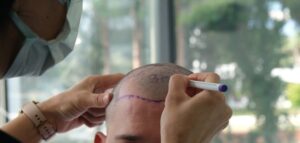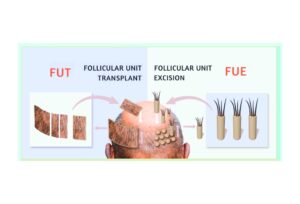Wide donor scars are a problem all hair restoration surgeons see. They are difficult to treat and can be caused by poor laxity of the donor site or too wide a strip being excised. Often attempts at scar reduction fail, because the scar ‘‘stretches back’’ to its original wide state.
photos of wide donor scar
As published in the print edition of Dermatologic Surgery
Letter to the Editor:
Wide donor scars are a problem all hair restoration surgeons see. They are difficult to treat and can be caused by poor laxity of the donor site or too wide a strip being excised. Often attempts at scar reduction fail, because the scar ‘‘stretches back’’ to its original wide state. A method that I have been using is transplanting chest hair removed by follicular unit extraction (removal of hair follicles 1 unit at a time, using a 1-mm punch) and transplanting into the scar. I make the recipient sites first and hand the grafts immediately to the technician to plant into the sites;
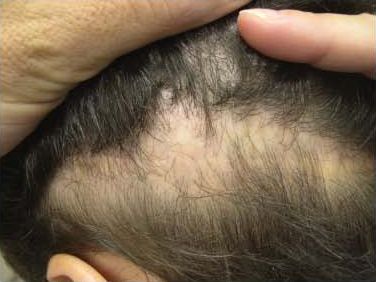
Figure 1. Preoperative photo of wide donor scar.
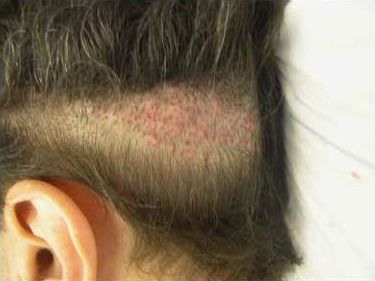
Figure 2. Postoperative photo of the scar with grafts in place.
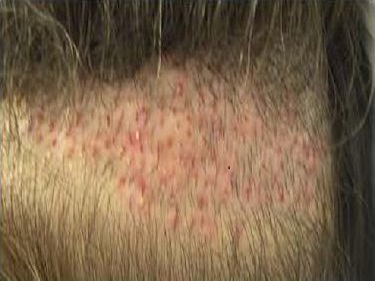
Figure 3. Close-up of the post-operative photo.
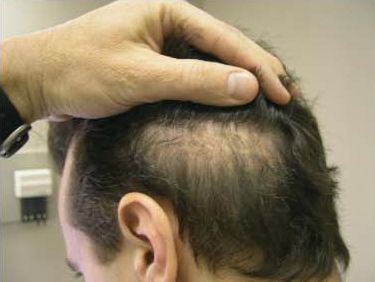
Figure 4. Three months postoperatively with hair growth.
Thus the grafts are out of the body for only 10 to 20 seconds. The grafts were planted at about 30 per square centimetre. In this particular patient, the ‘‘after’’ photos are 3 months postoperatively, showing almost immediate growth. Body hair also seemed to behave in ‘‘recipient dominant’’ fashion when transplanted into the scalp. It will take up to a full year to get the final results in this patient. Within 3 months, the donor area was completely healed. Body hair transplanted into a wide donor scar is a viable method of dealing with this common problem (Figures 1–4).
ROBERT JONES, MD
Oakville, Ontario, Canada
©2008 by the American Society for Dermatologic Surgery, Inc. • Published by Wiley Periodicals, Inc. • ISSN: 1076-0512 • Dermatol Surg 2008;34:857 • DOI: 10.1111/j.1524-4725.2008.34163.x
This is an electronic version of an article published in Dermatologic Surgery: complete citation information for the final version of the paper, as published in the print edition of Dermatologic Surgery, is available on the Blackwell Synergy online delivery service, accessible via the journal’s website or www.blackwell-synergy.com.



